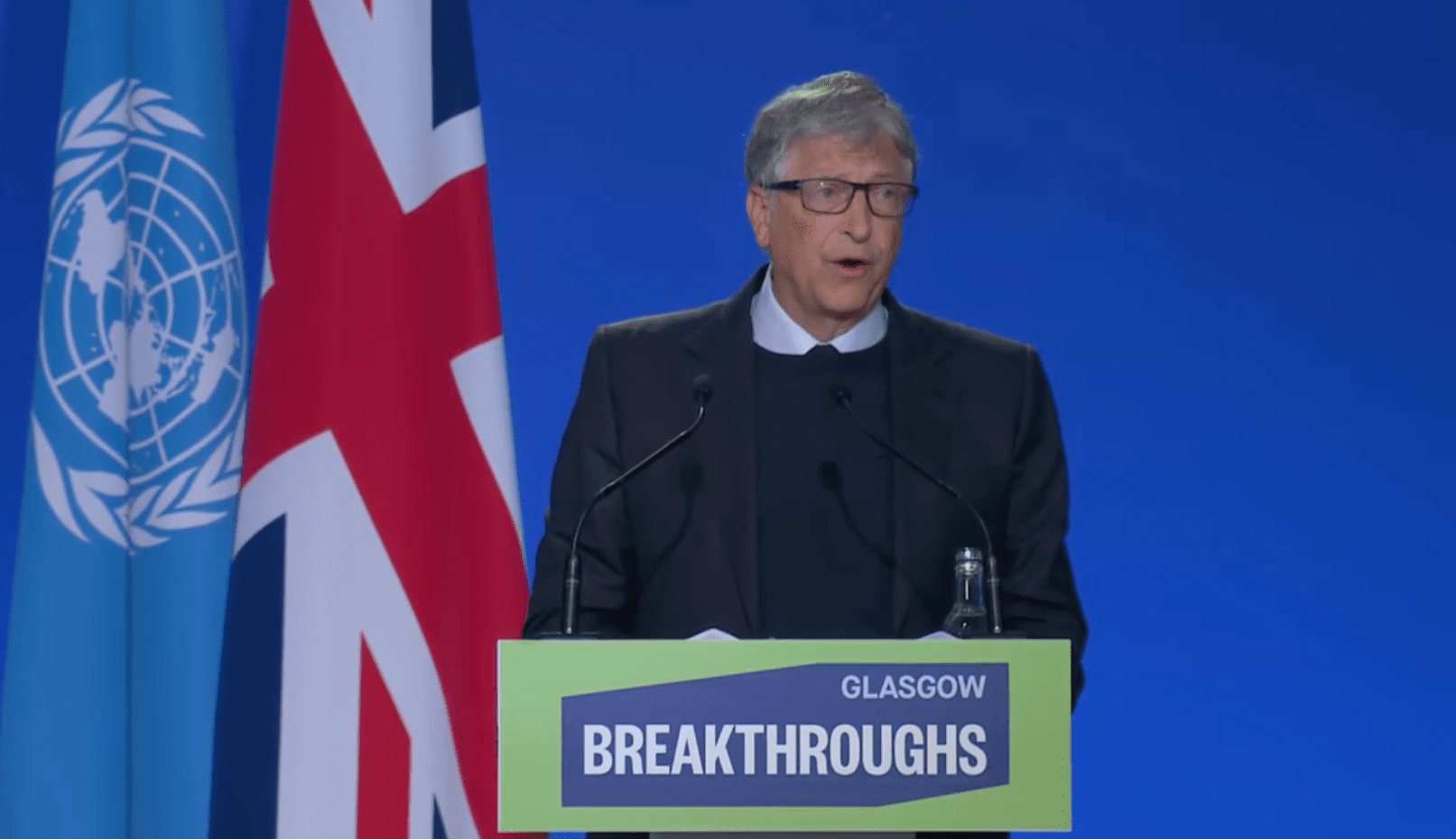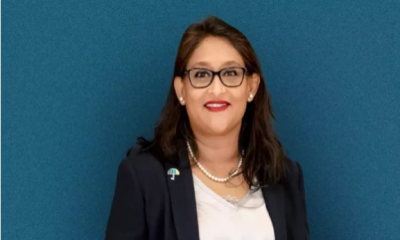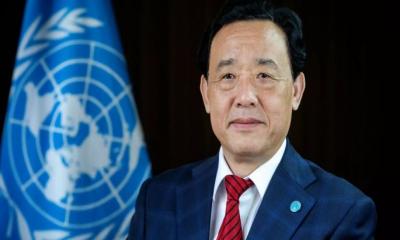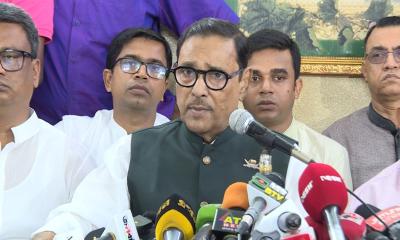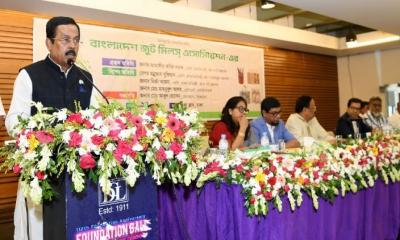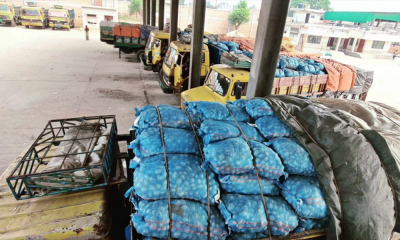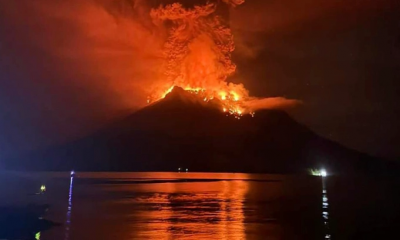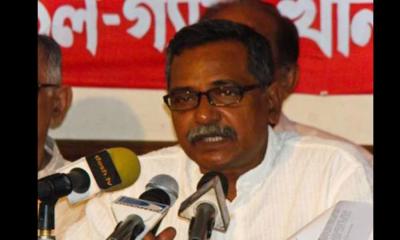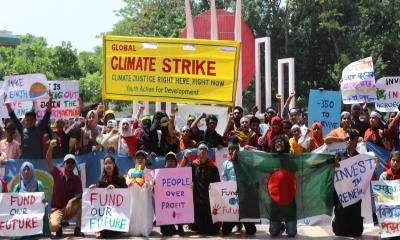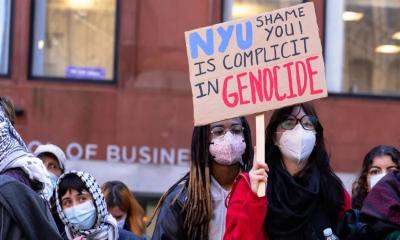Last week I spent three fantastic days at the global climate summit (known as COP26) in Glasgow, Scotland. My main impression is how much things have changed since the last summit, back in 2015—and I don’t mean because of COVID. The climate conversation has shifted dramatically, and for the better.
One big shift is that clean-energy innovation is higher on the agenda than ever. The world needs to get to zero carbon emissions by 2050. As I argue in the book I published this year, accomplishing that will require a green Industrial Revolution in which we decarbonize virtually the entire physical economy: how we make things, generate electricity, move around, grow food, and cool and heat buildings. The world already has some of the tools we’ll need to do that, but we need a huge number of new inventions too.
So at an event like this, one way I measure progress is by the way people are thinking about what it’ll take to reach zero emissions. Do they think we already have all the tools we need to get there? Or is there a nuanced view of the complexity of this problem, and the need for new, affordable clean technology that helps people in low- and middle-income countries raise their standard of living without making climate change worse?
Six years ago, there were more people on the we-have-what-we-need side than on the innovation side. This year, though, innovation was literally on center stage. One session of the World Leaders Summit, where I got to speak, was exclusively about developing and deploying clean technologies faster.
I also helped launch the Net Zero World Initiative, a commitment from the U.S. government to help other countries get to zero by providing funding and—even more important—access to experts throughout the government, including the top minds at America’s world-class national laboratories. These countries will get support with planning the transition to a green economy, piloting new technologies, working with investors, and more.
The second major shift is that the private sector is now playing a central role alongside governments and nonprofits. In Glasgow, I met with leaders in various industries that need to be part of the transition—including shipping, mining, and financial services—who had practical plans to decarbonize and to support innovation. I saw CEOs of international banks really engaging with these issues, whereas many of them wouldn’t even have shown up a few years ago. (It made me wish we could get the same kind of turnout and excitement for conferences on global health!)
I announced that three new partners—Citi, the IKEA Foundation, and State Farm—will be working with Breakthrough Energy Catalyst, a program designed to get the most promising climate technologies to scale much faster than would happen naturally. They’re joining the first round of seven partners we announced in September. It’s amazing to see how much momentum Catalyst has generated in just a few months.
I was also honored to join President Biden and his climate envoy, John Kerry, to announce that Breakthrough Energy will be the primary implementation partner for the First Movers Coalition. It’s a new initiative from the U.S. State Department and the World Economic Forum that will boost demand for emerging climate solutions in some of the sectors where it’ll be especially hard to eliminate emissions: aviation, concrete and steel production, shipping, and more.
The third shift I’m seeing is that there’s even more visibility for climate adaptation. The worst tragedy of rising temperatures is that they will do the most harm to the people who have done the least to cause them. And if we don’t help people in low- and middle-income countries thrive despite the warming that is already under way, the world will lose the fight against extreme poverty.
So it was great to hear President Biden and other leaders repeatedly raising the importance of adaptation. I got to join the president, along with officials from the United Arab Emirates, to launch a program called Agricultural Innovation Mission for Climate. It’s designed to focus some of the world’s innovative IQ on ways to help the poorest people adapt, such as new varieties of crops that can withstand more droughts and floods. More than 30 other countries, as well as dozens of companies and nonprofits (including the Gates Foundation), are already supporting it.
As part of that effort, I joined a coalition of donors that pledged more than half a billion dollars to support the CGIAR’s work to advance climate-smart innovations for smallholder farmers in sub-Saharan Africa and South Asia.
Some people look at the problems that still need to be solved and see the glass as half-empty. I don’t share that view, but this is what I would tell anyone who does: The glass is being filled up faster than ever. If we keep this up—if the world puts even more effort into innovations that reduce the cost of getting to zero and help the poorest people adapt to climate change—then we’ll be able to look back on this summit as an important milestone in avoiding a climate disaster.


